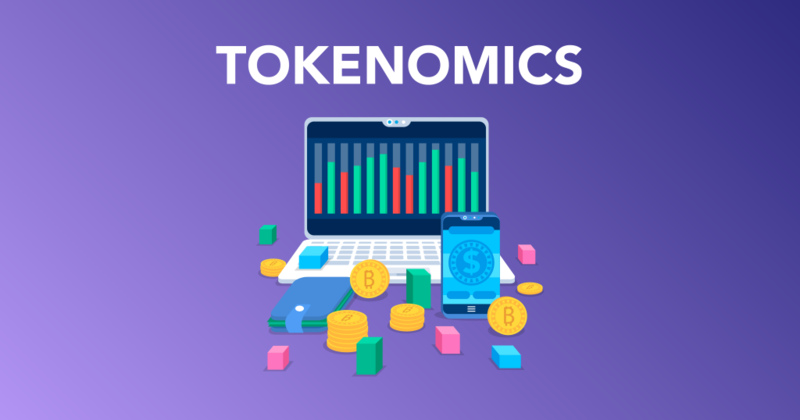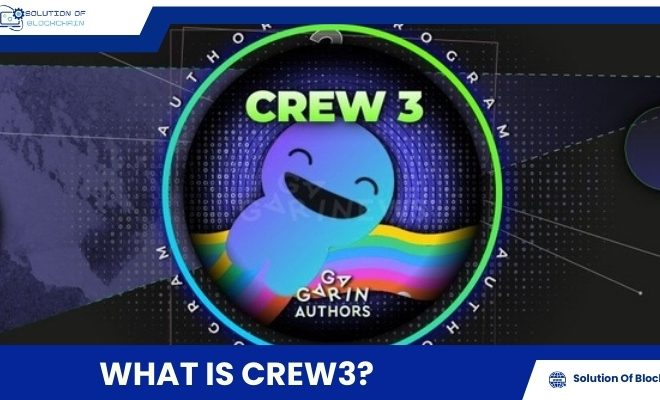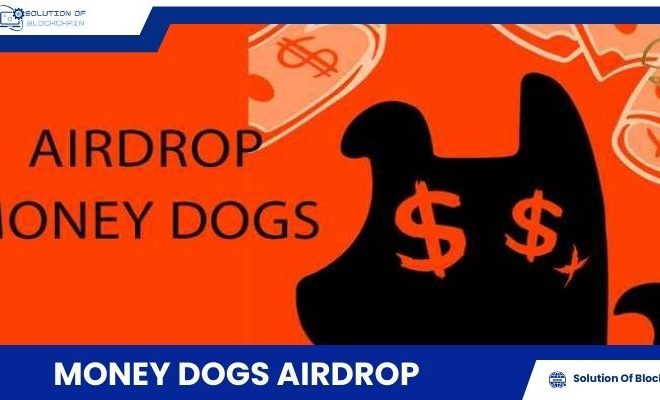
What is Tokenomics? Exploring the role of Tokenomics
In the volatile and opportunistic world of cryptocurrency, Tokenomics emerges as a pivotal factor, empowering investors to distinguish between promising projects and potential pitfalls in the market. So, what is Tokenomics and why is it so crucial? Let’s delve into this together in this article.
What is Tokenomics?
Tokenomics, also known as “token economics,” is an all-encompassing term that covers all economic aspects related to a token or a cryptocurrency project. It encompasses how the token is created, distributed, utilized, and governed, as well as the mechanisms for incentivization and supply control.
Imagine a blockchain project as a newly established nation. Tokenomics is the economic system of that nation, determining how resources (tokens) are created, distributed, and used. A robust economic system will facilitate the nation’s prosperity, while a weak one can lead to crisis and collapse.
Sign up for Grindery Airdrop now and claim 100 G1 tokens instantly!

Components of Tokenomics
To gain a deeper understanding of Tokenomics, we need to examine its constituent elements.
Token supply
Token supply is one of the most critical factors in Tokenomics. It includes:
- Total supply: The total number of tokens that will ever be created.
- Circulating supply: The number of tokens currently available in the market for trading.
- Max supply: The maximum limit on the number of tokens that will ever exist.
Token supply directly influences the token’s value. A project with a limited supply and high demand will tend to increase in price, while a project with an unlimited supply can lead to inflation and a decrease in token value.
Token allocation
Token allocation is the process of deciding how tokens will be distributed among various stakeholders, including the development team, early investors, reserve funds, the community, and more.
A fair and transparent token allocation is crucial for building trust and attracting community participation. It also ensures that no single group has excessive power or influence over the project.
Consensus mechanism
The consensus mechanism is the way network nodes in a blockchain agree on the current state of the blockchain and new transactions. Common mechanisms include Proof of Work (PoW), Proof of Stake (PoS), and other variations.
The consensus mechanism affects the security, decentralization, and energy efficiency of the network. Each mechanism has its own advantages and disadvantages, and choosing the right mechanism is a critical decision for the project.
Token governance
Token governance is the decision-making process in a blockchain project. It determines who has the right to propose and vote on changes in the project, such as protocol upgrades, budget allocation, or changes to critical parameters.
Common governance models include:
- Centralized: Decision-making power lies with a small group or an organization.
- Decentralized: Decision-making power is distributed to the community through voting mechanisms.
- DAO (Decentralized Autonomous Organization): A decentralized autonomous organization that operates based on rules encoded on the blockchain.
A transparent and decentralized governance model is vital to ensure fairness and community participation in shaping the project’s future.
Token utility & use cases
Token utility is one of the most important factors in evaluating a project’s potential. A token with multiple real-world use cases and providing value to holders is more likely to experience higher growth in the future.
Some common token utilities include:
- Staking: Earning rewards by “locking” your tokens to support the network’s operation.
- Payments: Using tokens to pay for goods and services within the project’s ecosystem.
- Discounts: Receiving discounts when using tokens.
- Special access: Accessing exclusive features or content.
- Governance: Participating in the project’s decision-making process.
Guide to analyzing the Tokenomics of an investment project
Here’s a detailed guide to analyzing the Tokenomics of an investment project:
Thoroughly research the whitepaper and official documents
The whitepaper is the project’s most important document, providing detailed information about its vision, goals, technology, and especially Tokenomics. Carefully examine the following information:
- Token supply: Total supply, circulating supply, max supply, token release schedule.
- Token allocation: Allocation percentages for stakeholders like the development team, investors, reserve funds, the community, etc.
- Consensus mechanism: Proof of Work, Proof of Stake, or other mechanisms.
- Token governance: Governance model (centralized, decentralized, DAO), community voting rights.
- Token utility and use cases: Real-world applications of the token within the project’s ecosystem.
Evaluate the development team
The development team is a crucial factor determining the project’s success. Research the experience, expertise, and reputation of the team members. You can find information on social media, LinkedIn, or relevant articles.
Join the community
The community is an integral part of any cryptocurrency project. Join Telegram groups, Discord servers, or other project forums to learn about the community’s interest and support for the project. An active and engaged community is a good sign that the project has growth potential.
Use Analytical Tools
Many online tools provide information about Tokenomics and other project metrics, such as:
- CoinMarketCap: Provides information about market capitalization, price, trading volume, and other token metrics.
- Coingecko: Similar to CoinMarketCap, but also offers information about the community, project development, and social metrics.
- Messari: Provides in-depth analytical reports on Tokenomics and other aspects of the project.
Ask questions and seek answers
If you have any questions about Tokenomics or other aspects of the project, don’t hesitate to ask the development team or the community. You can also search for information on forums, blogs, or other social media platforms.
Assess growth potential and risks
Based on the gathered information, evaluate the project’s growth potential and risks. Some factors to consider include:
- The project’s uniqueness and innovation
- The feasibility of the technology
- Market demand for the project’s product/service
- Market competition
- The project’s development plan and roadmap
- The transparency and reputation of the team
- Community support
Important advice
- Don’t FOMO (Fear Of Missing Out): Don’t invest just because you’re afraid of missing an opportunity. Always conduct thorough research and make decisions based on your own analysis and assessment.
- Diversify your portfolio: Don’t put all your eggs in one basket. Allocate your investment capital across multiple projects to mitigate risk.
- Manage risk: Set stop-loss and take-profit levels to protect your investment capital.
- Stay updated: The cryptocurrency market changes rapidly. Always research and stay updated on the latest information to make informed investment decisions.
This article has helped you understand “What is Tokenomics?” It’s not just a technical term but also a crucial tool for investors to evaluate the potential of cryptocurrency projects. By understanding Tokenomics, you can make more informed investment decisions, minimize risks, and maximize profits.
Remember, investing in cryptocurrency always comes with risks. So, always conduct thorough research, invest responsibly, and continue learning to succeed in this promising market.
If you found this Solution Of Blockchain article helpful, please share it with your friends and those interested in the cryptocurrency market. And don’t forget to follow us for the latest knowledge on Tokenomics and cryptocurrency investing!






